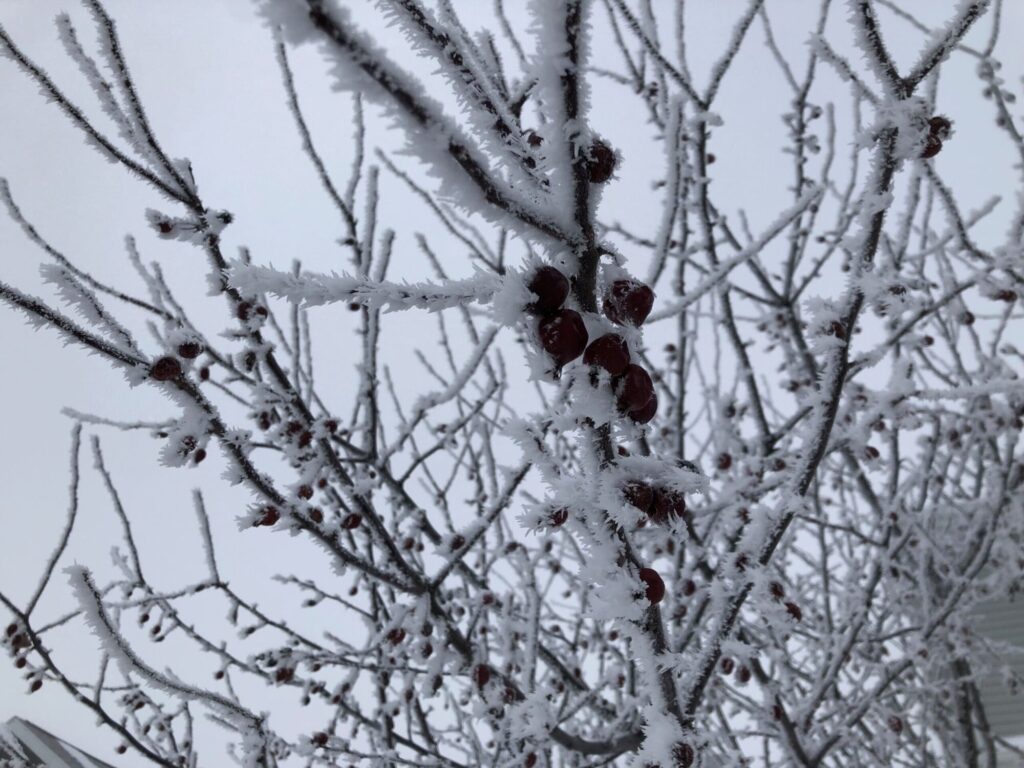Ice storms can leave a trail of destruction in their wake, causing significant damage to trees across the landscape. Broken limbs, shattered canopies, and weakened structures are common sights after such events. However, with the expertise of skilled arborist professionals, many damaged trees can recover and regain health and structural integrity through a specialized process known as restorative pruning.
What is Restorative Pruning?
Restorative pruning involves the selective removal and management of damaged branches and sprouts to restore a tree’s form, structure, and appearance. According to the ANSI A300 Standards, this process aims to redevelop a tree’s canopy after severe damage or pruning. While complete restoration may not always be possible, this method can significantly improve the tree’s structural integrity and visual appeal.
The Science Behind Restorative Pruning
When a tree is damaged, it naturally responds by producing sprouts to replace lost branches. These sprouts emerge either from dormant buds that may be years old or from adventitious buds formed in response to the injury. While these sprouts are initially weakly attached, they strengthen over time as overlapping growth rings secure their attachment.
However, not all sprouts are beneficial. Effective restoration requires careful management to select the sprouts best suited for becoming part of the tree’s future structure. Retaining the right balance of sprouts ensures the tree can produce energy through photosynthesis while preventing overcrowding and weak attachments.
Steps in the Restorative Pruning Process
- Initial Assessment and Immediate Actions: Shortly after storm damage occurs, arborists assess the severity of the injury. Branches broken near their union with the trunk are removed, while others are pruned back to a lateral branch with an appropriate diameter ratio (ideally at least one-third the diameter of the branch being pruned).
- Management of Sprouting Branches: Sprouts typically begin to develop within weeks of damage and play a critical role in the restoration process. The general guideline for sprout management is to retain one-third, reduce one-third, and remove one-third of the sprouts on a branch. This balance ensures the retained sprouts can form a robust and well-spaced canopy.
- Selection of a New Leader: A critical step in restorative pruning is identifying a new leader for damaged branches. This leader may be a vigorous sprout near the tip of the branch or further back, depending on the severity of the damage and the tree’s species. This sprout will guide the growth and shape of the branch over subsequent growing seasons.
- Subsequent Pruning Cycles: Restoration is not a one-time process. Over several years, arborists continue to manage sprouts and adjust the canopy structure. Regular pruning helps create well-spaced scaffold branches, improve taper, and reduce the risk of interference from poorly positioned growth.
The Benefits of Hiring Skilled Arborists
Restorative pruning is a delicate process that requires knowledge, experience, and precision. Arborists trained in ANSI standards understand how to assess damage, make strategic cuts, and guide a tree’s recovery over time. Attempting this process without professional expertise can lead to further damage, weakened structures, or even tree loss.
Professional arborists also recognize when a tree is beyond saving. In cases of severe structural damage, removal may be the safest and most practical option. This decision ensures safety for property owners while allowing space for new plantings or other landscape improvements.
When to Call Homer Tree Care
If your trees have been affected by an ice storm, don’t wait to address the damage. Prompt action is critical to prevent further stress and decay. At Homer Tree Care, our team of skilled arborists specializes in restorative pruning, helping trees recover from storm damage while ensuring their long-term health and safety.
Contact us today for a free consultation. Let us help your trees heal and thrive—because healthy trees make for a stronger, more beautiful landscape.

